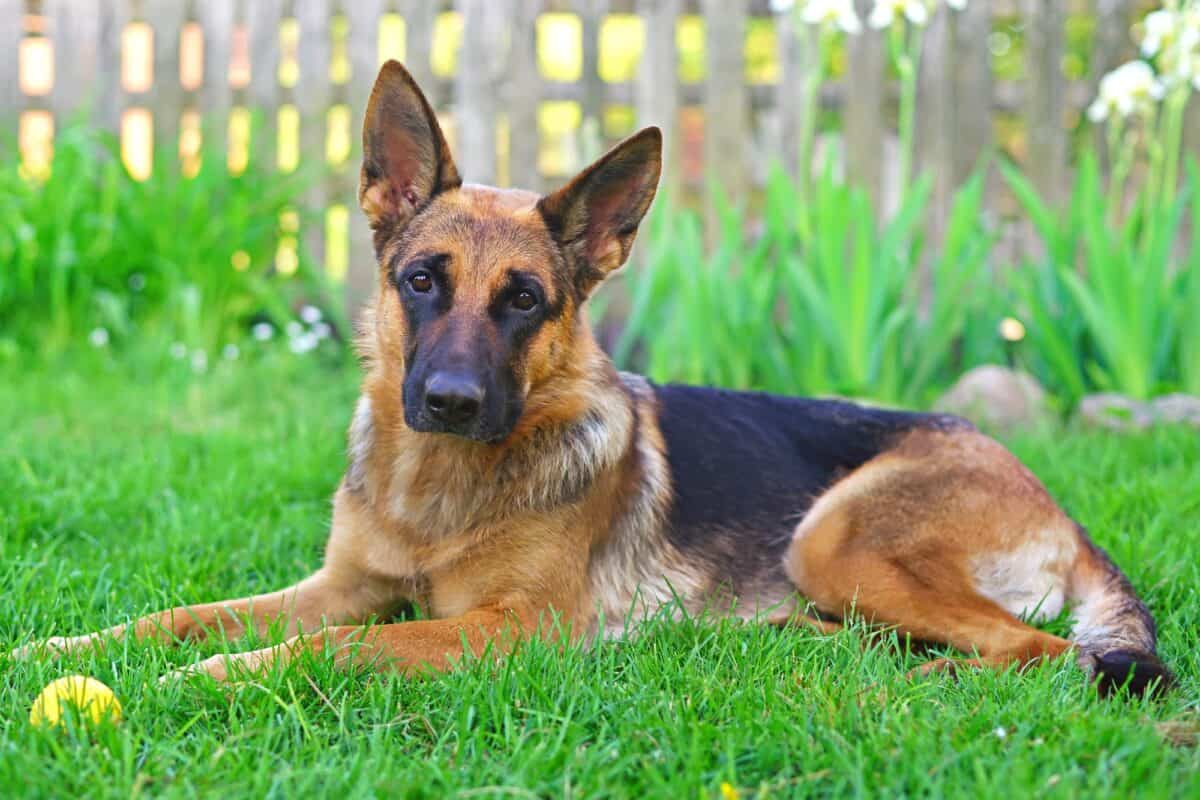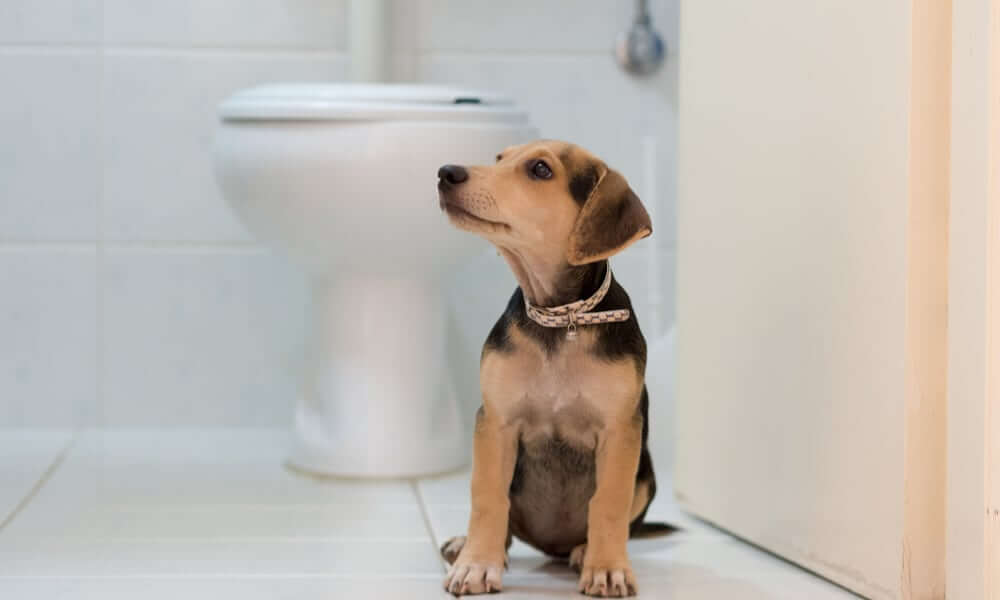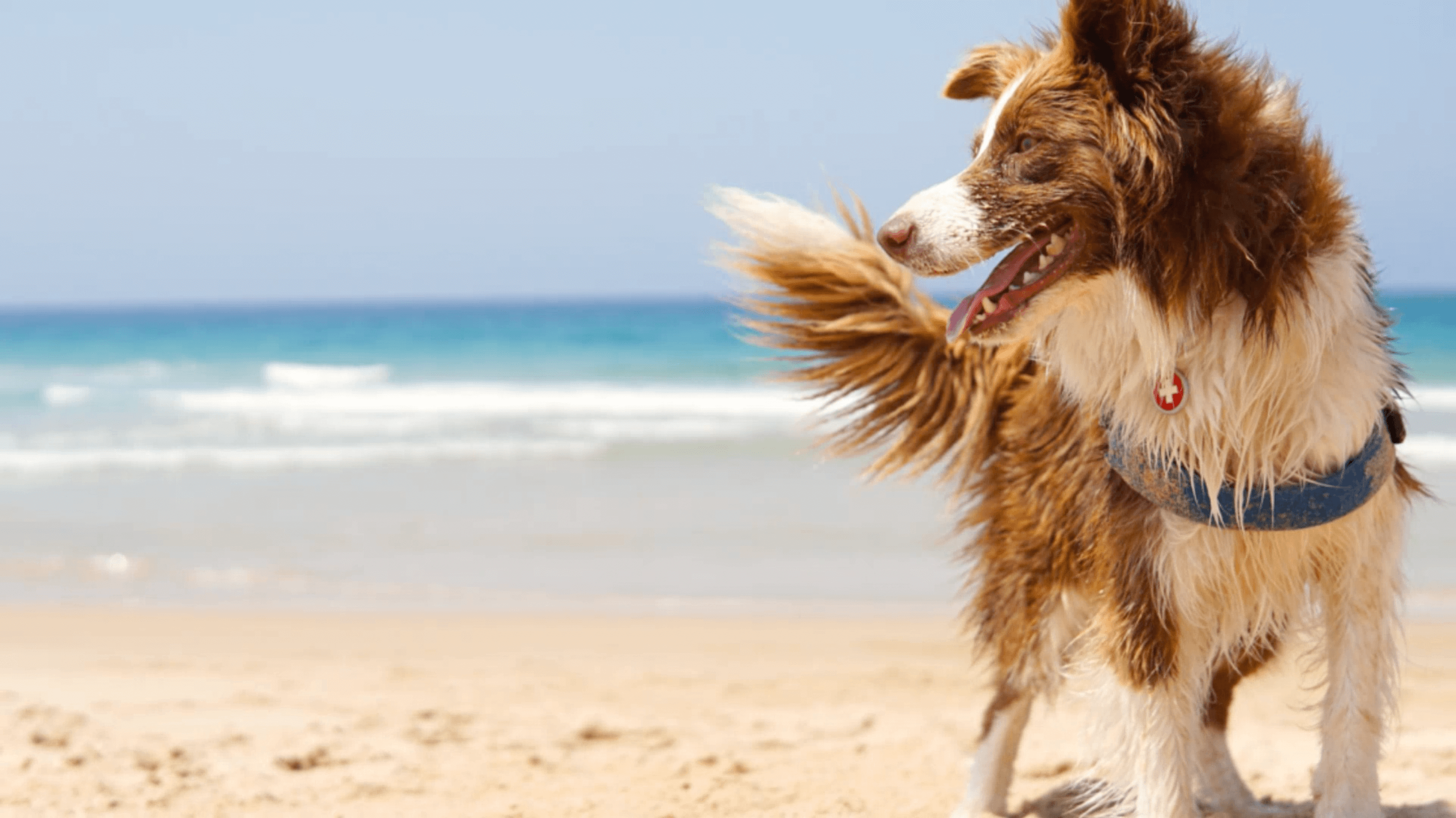The first time you hear your dog reverse sneeze can be quite scary. Most pet parents confuse reverse sneezing with difficulty breathing or choking, but the truth is that it is as unharmful as a regular sneeze. If you want to learn more about reverse sneezing, causes and treatment, keep reading.
What is reverse sneezing in dogs?
This phenomenon has quite a self-explanatory name: it is a sneeze, in reverse. Instead of blowing air out, as a regular sneeze, they take air in. It consists of rapid short inhalations through the nose that can result in snorting or gagging.
Here is a short video from Ralston Vet that will help you identify how a reverse sneeze sounds like.
This condition scientifically called “paroxysmal respiration” literally sounds as if the dog is inhaling their sneeze. It can also produce honk-like sound.
What causes reverse sneezing in dogs?
The causes of reverse sneezing are no different from the ones of a regular sneeze, since it usually occurs due to an irritation to the nose or throat that the dog’s body tries to soothe. Irritation can be caused due to multiple factors such as:
- Pollen
- Dust mites
- Smoke
- Foreign bodies such as seeds and grasses
- Secretions
- Allergies
- Odors perfumes, cleaning products or air fresheners
- Overexcitement
Dogs who have an elongated soft palate and narrow trachea, such as pugs, are prone to revert sneezing because their physical traits can cause resistance to airflow in the respiratory tract.
What is more, dogs with long snouts such as Greyhounds are also more prone than other dogs to reverse sneezing

What to do if your dog is reverse sneezing?
The most important thing to keep in mind is that reverse sneezing is not harmful for your dog. They are not in danger when this happens.
The second thing to remember is that reverse sneezing episodes tend to last 1 minute tops, and your pup should look absolutely fine afterwards. If you see any abnormal behavior, you should definitely take them to the vet.
When these episodes occur, there are some things you can do to help them go through it as smoothly as possible.
A maneuver you can apply is gently massaging your dog’s throat, briefly covering their nostrils and lightly blowing on his face. This will make them swallow a couple times, which can make the spasm and irritation of the reverse sneeze stop.
Petting your dog can also help them, but never do so on the snout or head, always stick to areas such as their back. This can definitely help them calm down.
Fresh air can also help them breath better and make the reverse sneeze stop, so you can always try taking them outside.
Should you take your dog to the vet because they are reverse sneezing?
The first time your dog has one of these episodes you should take them to the vet, so they can confirm it is in fact reverse sneezing, and not another condition such as coughing. You can also film your pup when this happens so you can take that footage with you to the vet.
Another moment to pay a visit to your vet is when your dog reverse sneezes constantly, when it becomes a usual matter. There they can determine if there’s an underlying condition causing it.
The vet can also prescribe your dog with anti-inflammatory, antihistamines or decongestant medications if they suffer from reverse sneezing very often.
Now you can rest assured, as you know that reverse sneezing represents no harm to your pup, it’s just like a regular sneeze, but in reverse.
If you have reached the end of this article, it’s because you truly care about the health of your pup. And that’s why we know for sure you’ll want to learn more about a powerful blend that can have a long list of benefits for your pet.





